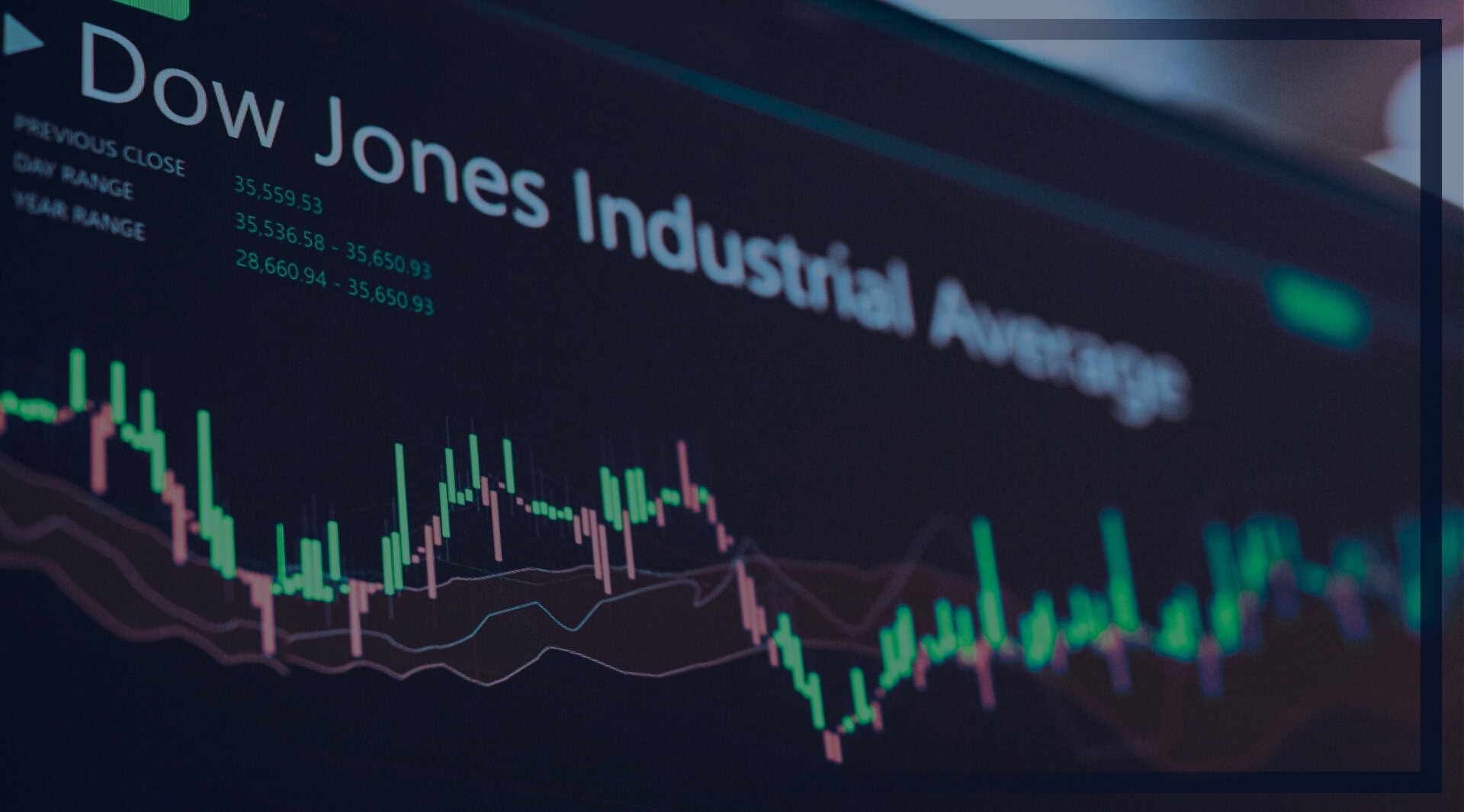On July 27, Galaxy Digital, the crypto investor and data center infrastructure company, revealed it had processed “one of the largest notional bitcoin transactions in the history of crypto.” A Satoshi-era whale — rumored to be Roger Ver, who is on the run from the U.S. authorities — sold 80,000 bitcoins to the tune of $9 billion.
From the moment the funds started moving, the crypto news was glued to it. First it was only $4.8 billion. There was much ado. There was speculation that this was a hack, then observers realized it might be a sale.
Bitcoin Whale Sighting for the Ages
Now, they’re saying it’s 9 billion and some are hyperventilating, wondering what the exit of an OG bitcoin investor says about Bitcoin’s original libertarian cypherpunk ethos. In case you’re new to the term, it’s a sort of play-on word derived from the sci-fi genre “cyberpunk” that broadly relates to the very much real cryptocurrency movement.
The announcement itself was very appropriately embedded on-chain, using an op_return field, which is really neat.
Nevertheless, this $9 billion sale of Bitcoin is odd, and shrouded in enough mystery to raise eyebrows — even in a market known for secrecy. Most of the articles about this historic sale do not even speculate about who the investor is. Why would a multi-billionaire be so crowd-shy? Why would the funds emanate from a platform that was famously hacked?
Before we explore these questions, the market reaction to the sale speaks volumes about the institutional money behind the market.
A single entity moved $8.6 BILLION of BTC from 8 addresses in the past day.
— Arkham (@arkham) July 4, 2025
All of the Bitcoin was moved into the original wallets on either 2nd April or 4th May 2011 and has been held for over 14 years.
Currently, the Bitcoin is sitting in 8 new addresses and has not been… pic.twitter.com/nm53tVRzLJ
When Whales Don’t Make Waves
While several news outlets made a fuss over the movement of the Satoshi-era whale’s Bitcoin exit, the actual effect of the sale was extremely muted.
Nic Puckrin, crypto analyst, investor and founder of The Coin Bureau, posted on X: “It’s incredible. Galaxy sold 80,000 bitcoin, $9 billion of bitcoin dumped in a day. Yet, here we are — chilling at $117,000.”
Bitcoin’s price barely budged. In the past, such a news event might have caused more price action. Some $157 million in exchange traded fund (ETF) inflows offset much of the selling pressure, suggesting a financial system now robust enough for mammoth liquidations with minimal disruption.
Meanwhile, others highlight the resilience of the market response, which hardly moved, as evidence of the growing sophistication of Bitcoin.
Indeed, many are cheering the lack of a significant price movement following the $9 billion sale, seeing it as a signal of market stability. In this framing, whale exits signify market maturation.
Bitcoin’s Libertarian Ethos vs. Big Brother
Scott Melker, crypto analyst and commentator, said, “Bitcoin is amazing. But it’s obviously been co-opted to some degree by the very people that it was created as a hedge against. Many of the most ardent early whales have seen their faith shaken and have been selling at these prices.”
Investors and pundits may wax philosophical all day long about the original ethos of Bitcoin and its current “Identity Crisis.” These discussions matter less and less. What is clear, regardless of where one’s opinion falls, is that the market has reached a maturation distinct from past eras.
The owner of Galaxy Digital is bullish, predicting a “decent target” bitcoin price of $150,000 as a result of “price discovery.”
Dan Tapiero, CEO & CIO of 50T, a private equity fund manager investing in digital assets, said in a press release, “all value will eventually move on-chain.”
Certainly it suggests there is ample liquidity in the space. But equally it speaks to investors’ collective shrug: news of a Satoshi-era whale sale did not inspire panic trades.
Exit Signs and Era Shifts for Bitcoin
What the $9 billion sale and lack of market response represents more than anything is the full transmigration of Satoshi-era Bitcoin to the present day. Hand-wringing over the implications of Bitcoin’s libertarian ethos amidst an early whale sale seems almost quaint. Whatever the original intentions of Bitcoin were, they clearly have nothing to do with how it exists now.
In the current environment of increasing institutional investment, there are so many more inputs that inform the price of Bitcoin.
The price is stable and at its current level because of institutional adoption, not because of diamond hands. A decade ago, retail investors daring one another to HODL (crypto slang for buy and hold indefinitely) might have affected the price.
Now, the Federal Reserve potentially cutting the interest rate is seen as a boon for the market. As a market-moving factor, that’s about as centralized as you can get.
What moves markets nowadays are macro forces. Pro-crypto legislation in the United States is much more likely to inform the price of Bitcoin than a dormant wallet becoming active. The announcement of a new ETF, or even a post by Elon Musk, can cause fluctuations. Anonymous whales dumping coins isn’t going to make waves, even when the sale is $9 billion.
Secrets, Scandals, and 14 Million Percent Profit
Several oddities with the sale stick out. First, blockchain investigators traced the coins to MyBitcoin, one of the first wallet services, which was shut down in 2011 after a notorious hack. This discovery led to speculation that the seller could have dodgy motives. Perhaps, some observers noted, it could be a hacker.
Eliezer Ndinga of 21Shares shot down this narrative, writing on X, “It’s a behavior akin to a hacker but if that amount was processed by Galaxy I assumed they had a stringent KYC process to enable transaction to go through.”
It’s a behavior akin to a hacker but if that amount was processed by Galaxy I assumed they had a stringent KYC process to enable transaction to go through
— Ξliézer Ndinga (@elindinga) July 25, 2025
Really though? Anybody who assumes anything with crypto would seem to be a newbie, especially when it comes to the practices of crypto firms.
The seller may wish to stay anonymous for legal reasons, while Galaxy Digital benefits from facilitating a record-breaking trade — regardless of the underlying ethics.
Twitter user @SaniExp claims that the mysterious whale is none other than Roger Ver, an early Bitcoin investor, currently suing Spain to stop the US from extraditing him to stand trial on tax evasion charges.
Curious Case of the Silent Whale
Just after Trump’s inauguration, Ver posted a glossy video on X, likening himself to Trump and pleading for Trump to interfere in his case, something the U.S. President relishes.
Mr. President, I am an American, and I need your help. Only you, with your commitment to justice, can save me @realDonaldTrump pic.twitter.com/WhVTZ1M1GB
— Roger Ver (@rogerkver) January 26, 2025
Interestingly, @SaniExp has 99% assurance that it’s Ver who has been holding the keys to these six wallets, each of which had held 10,000 coins since May 4, 2011, just waiting for a rainy day.
One would expect the newly superwealthy whale to come forward and claim the adulation of the media, but not if the whale is already facing 109 years in prison. Even though Ver renounced his U.S. citizenship in 2014 and is likely not subject to U.S. capital gains taxes, it would make sense to keep quiet about scoring a 14 million percent profit: because Uncle Sam loves to go after former American citizens with the “exit tax.”
In the end, the silence of this whale, whoever they are, speaks louder than the sale itself. Whether it’s an ideological exit or a strategic dodge, $9 billion just slipped through the cracks of crypto history — unshaken, unclaimed, and untaxed.
Author: Tim Tolka, Senior Reporter covering crypto, DeFi, and breaking financial news
#Crypto #Blockchain #DigitalAssets #DeFi
The editorial team at #DisruptionBanking has taken all precautions to ensure that no persons or organizations have been adversely affected or offered any sort of financial advice in this article. This article is most definitely not financial advice.













